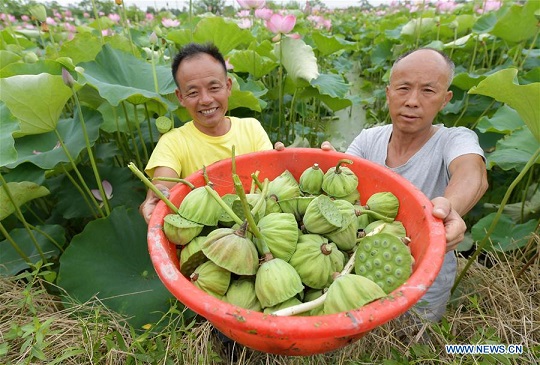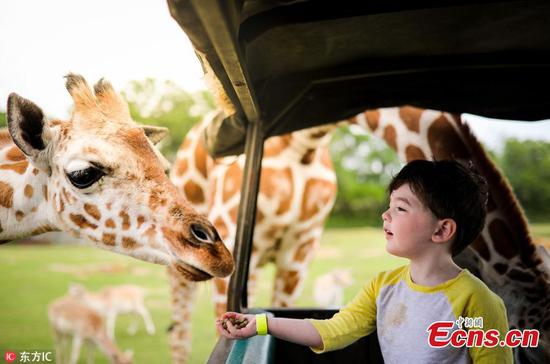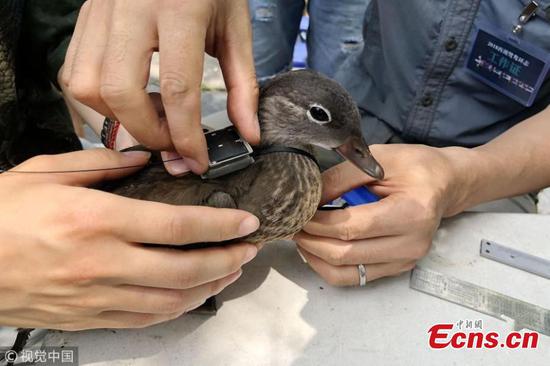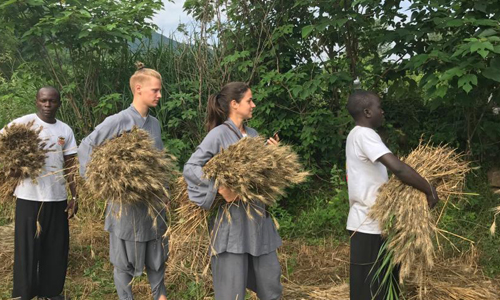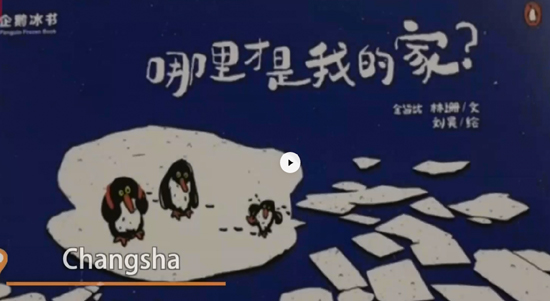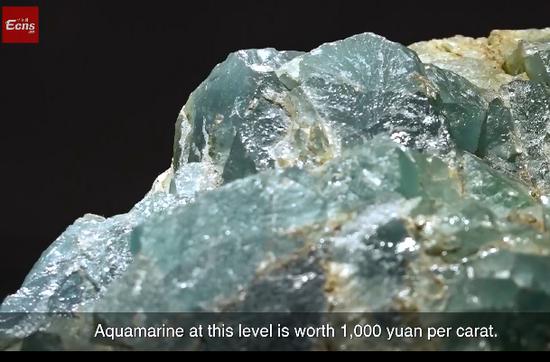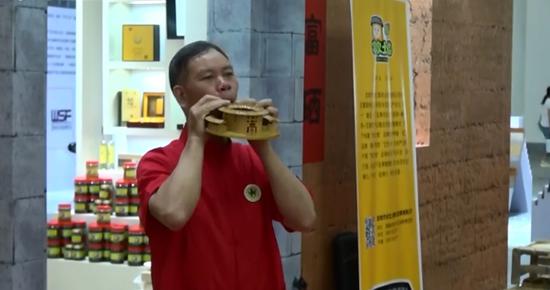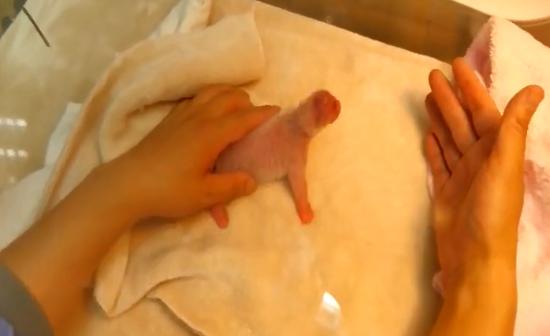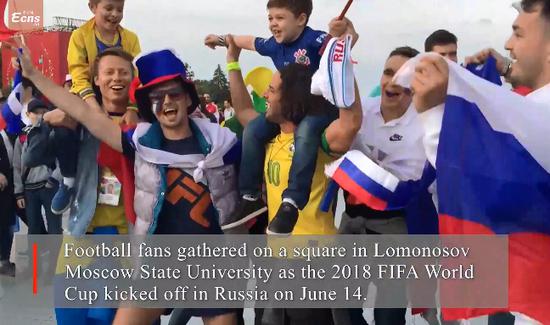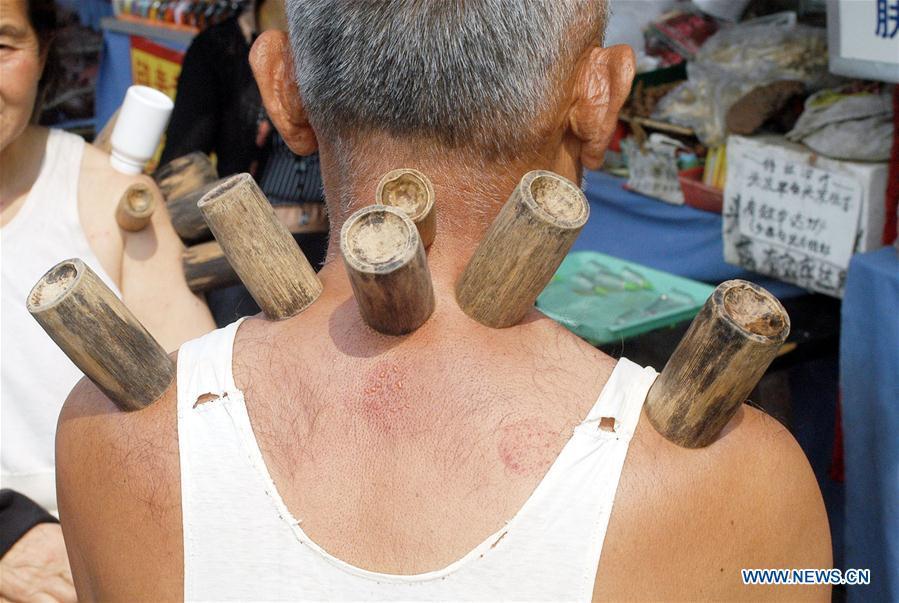
File photo taken on May 24, 2003 shows a man experiencing cupping by roadside in Guiyang, capital of southwest China's Guizhou Province. Traditional Chinese medicine (TCM), one of the world's oldest forms of medicine with different practices including acupuncture, bee-sting therapy, cupping, moxibustion, scrapping, tui na (Chinese therapeutic massage), still prevails in the modern society after thousands of years of evolution, during which generations have restored and maintained health depending on it. The World Health Organization disease index was updated to include references to traditional Chinese medicine for the first time in June 2018. (Photo/Xinhua)
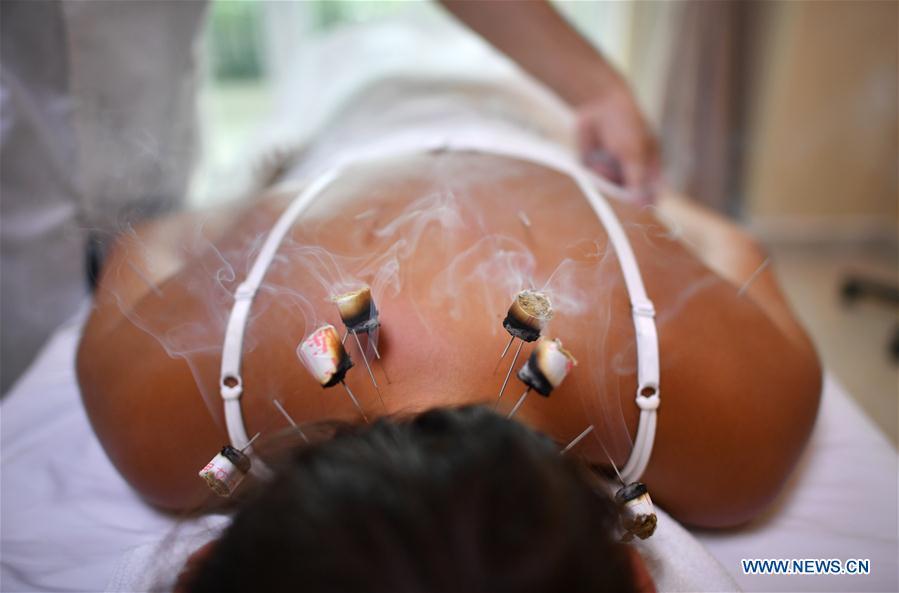
File photo taken June 2, 2018 shows a Russian tourist experiencing moxibustion treatment at Sanya International Friendly Chinese Medicine Sanatorium in Sanya, south China's Hainan Province. Traditional Chinese medicine (TCM), one of the world's oldest forms of medicine with different practices including acupuncture, bee-sting therapy, cupping, moxibustion, scrapping, tui na (Chinese therapeutic massage), still prevails in the modern society after thousands of years of evolution, during which generations have restored and maintained health depending on it. The World Health Organization disease index was updated to include references to traditional Chinese medicine for the first time in June 2018. (Xinhua/Guo Cheng)
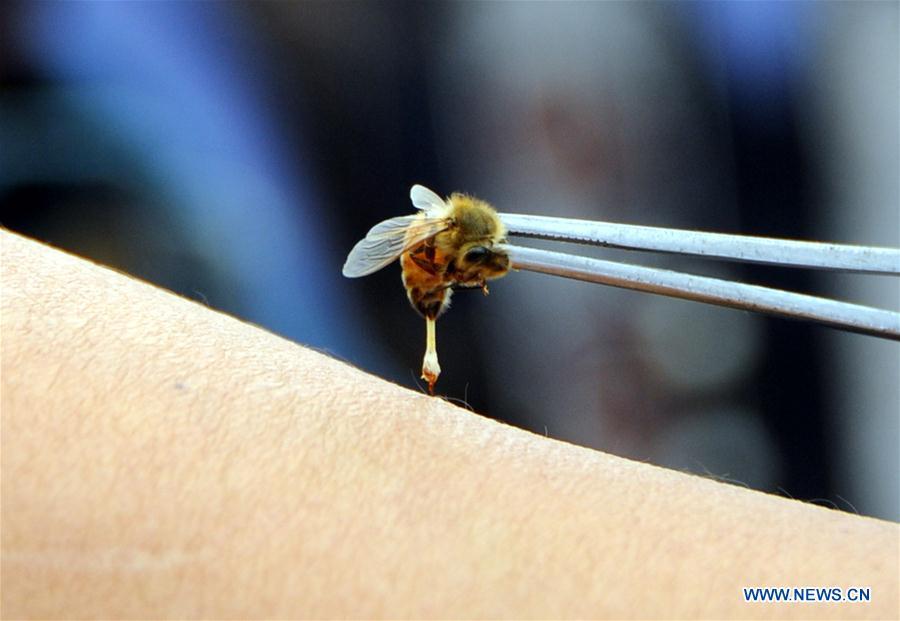
File photo taken on Sept. 20, 2010 shows bee-sting therapy, a kind of traditional Chinese Medicine practice using honey bee for treatment, in Shijiazhuang, capital of north China's Hebei Province. Traditional Chinese medicine (TCM), one of the world's oldest forms of medicine with different practices including acupuncture, bee-sting therapy, cupping, moxibustion, scrapping, tui na (Chinese therapeutic massage), still prevails in the modern society after thousands of years of evolution, during which generations have restored and maintained health depending on it. The World Health Organization disease index was updated to include references to traditional Chinese medicine for the first time in June 2018. (Xinhua/Gong Zhihong)
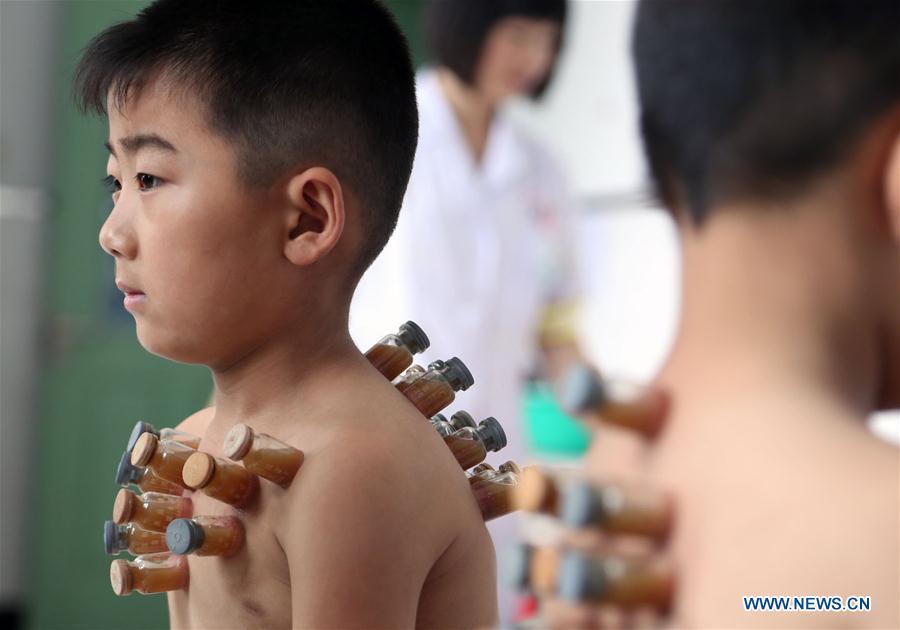
File photo taken on June 21, 2014 shows a boy experiencing cupping treatment at Kangyide Hospital in Beijing, capital of China. Traditional Chinese medicine (TCM), one of the world's oldest forms of medicine with different practices including acupuncture, bee-sting therapy, cupping, moxibustion, scrapping, tui na (Chinese therapeutic massage), still prevails in the modern society after thousands of years of evolution, during which generations have restored and maintained health depending on it. The World Health Organization disease index was updated to include references to traditional Chinese medicine for the first time in June 2018. (Photo/Xinhua)
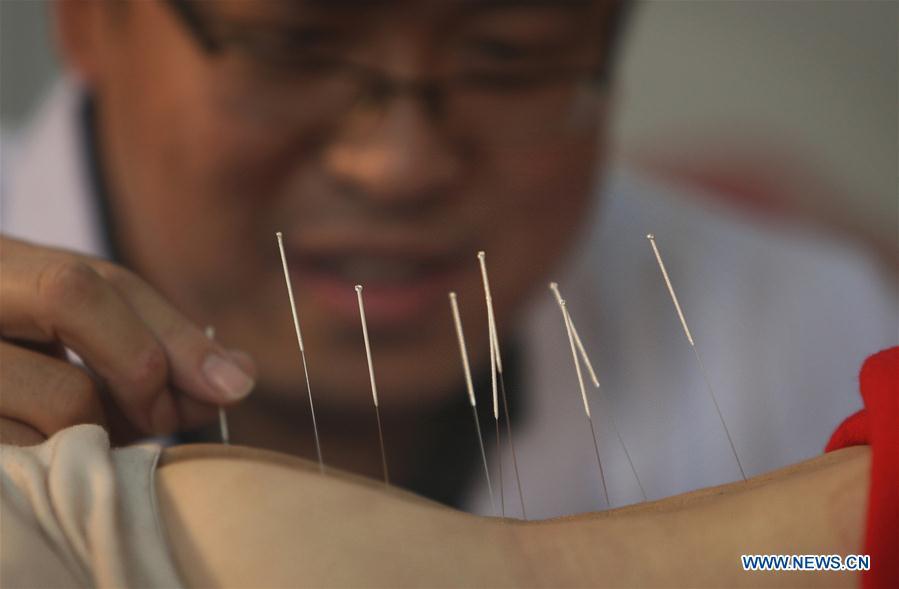
File photo taken on March 11, 2011 shows a doctor practicing acupuncture at a clinic in Beijing, capital of China. Traditional Chinese medicine (TCM), one of the world's oldest forms of medicine with different practices including acupuncture, bee-sting therapy, cupping, moxibustion, scrapping, tui na (Chinese therapeutic massage), still prevails in the modern society after thousands of years of evolution, during which generations have restored and maintained health depending on it. The World Health Organization disease index was updated to include references to traditional Chinese medicine for the first time in June 2018. (Photo/Xinhua)
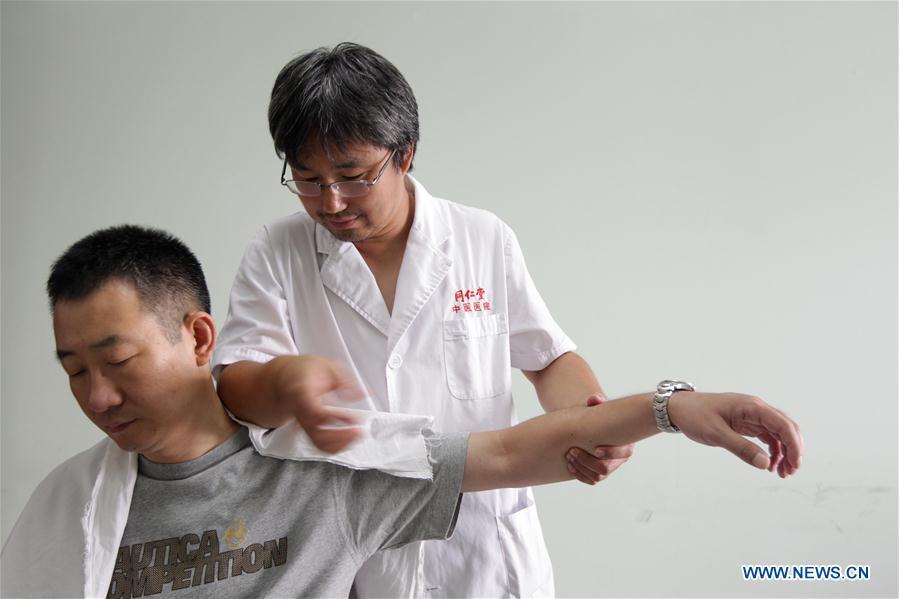
File photo taken on July 29, 2010 shows a doctor providing tui na treatment for a patient at a hospital of the Tongrentang, a renowned traditional Chinese medicine maker, in Beijing, capital of China. Traditional Chinese medicine (TCM), one of the world's oldest forms of medicine with different practices including acupuncture, bee-sting therapy, cupping, moxibustion, scrapping, tui na (Chinese therapeutic massage), still prevails in the modern society after thousands of years of evolution, during which generations have restored and maintained health depending on it. The World Health Organization disease index was updated to include references to traditional Chinese medicine for the first time in June 2018. (Xinhua/Xing Guangli)
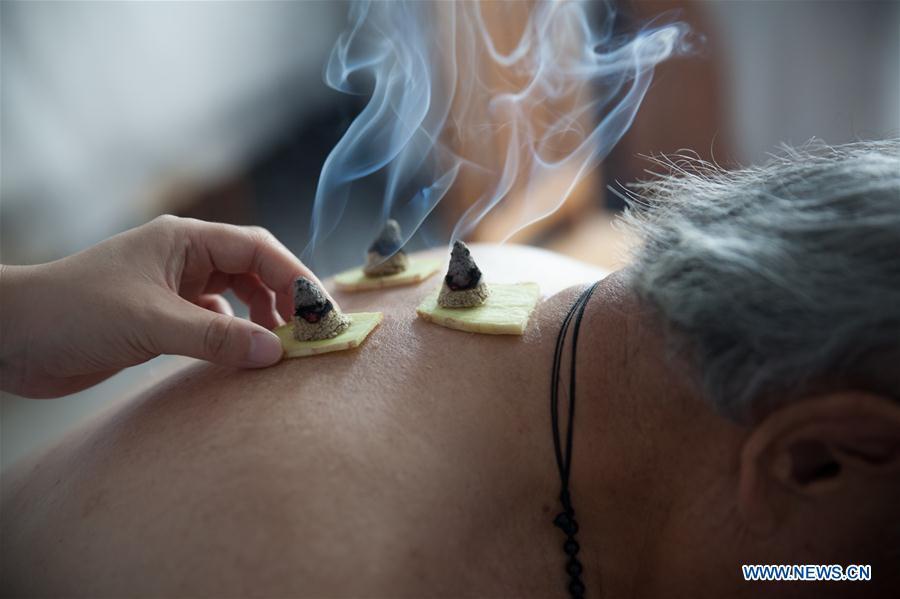
File photo taken on July 12, 2017 shows a patient receiving moxibustion treatment at a traditional Chinese medicine hospital in Gaoqing County, east China's Shandong Province. Traditional Chinese medicine (TCM), one of the world's oldest forms of medicine with different practices including acupuncture, bee-sting therapy, cupping, moxibustion, scrapping, tui na (Chinese therapeutic massage), still prevails in the modern society after thousands of years of evolution, during which generations have restored and maintained health depending on it. The World Health Organization disease index was updated to include references to traditional Chinese medicine for the first time in June 2018. (Xinhua/Zhang Weitang)
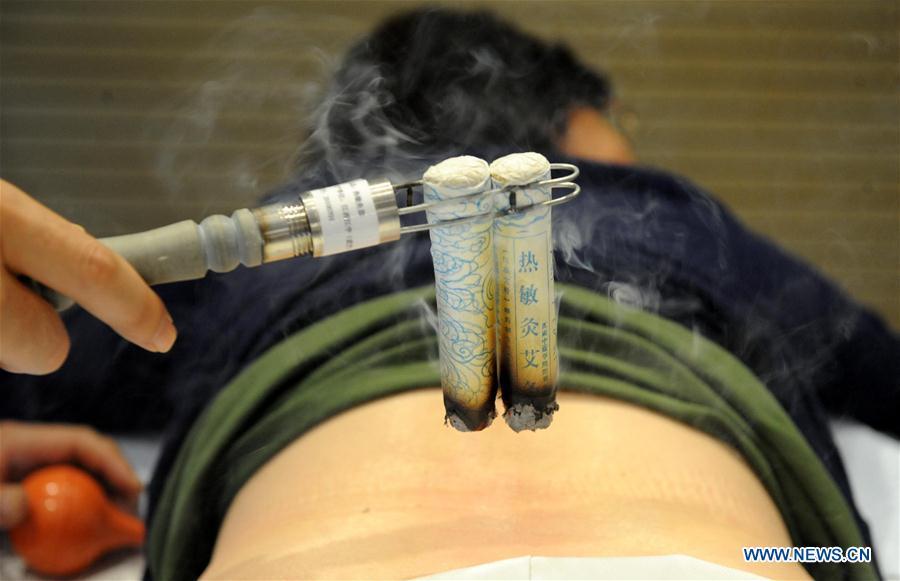
File photo taken on Sept. 29, 2010 shows a tourist experiencing moxibustion treatment at the Expo Park in Shanghai, east China. Traditional Chinese medicine (TCM), one of the world's oldest forms of medicine with different practices including acupuncture, bee-sting therapy, cupping, moxibustion, scrapping, tuinaing, tui na (Chinese therapeutic massage), still prevails in the modern society after thousands of years of evolution, during which generations have restored and maintained health depending on it. The World Health Organization disease index was updated to include references to traditional Chinese medicine for the first time in June 2018. (Photo/Xinhua)










